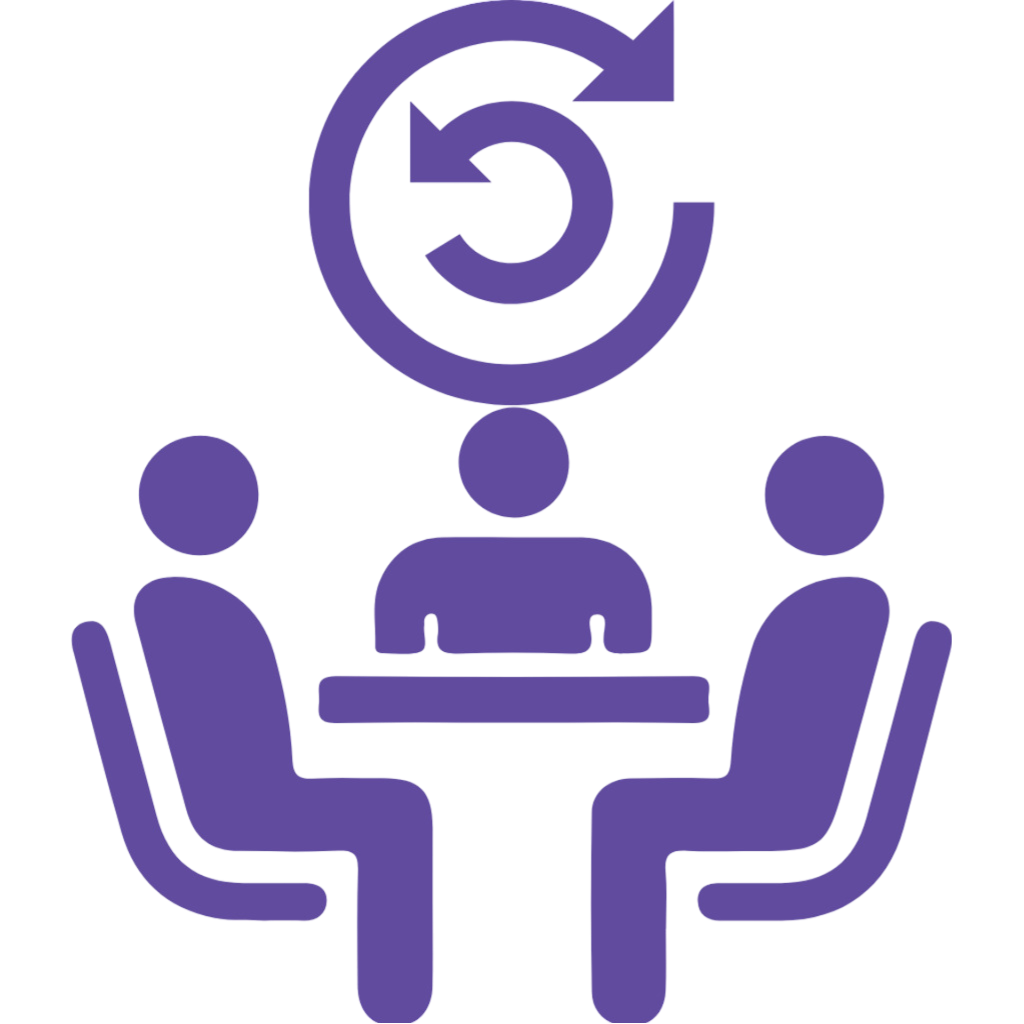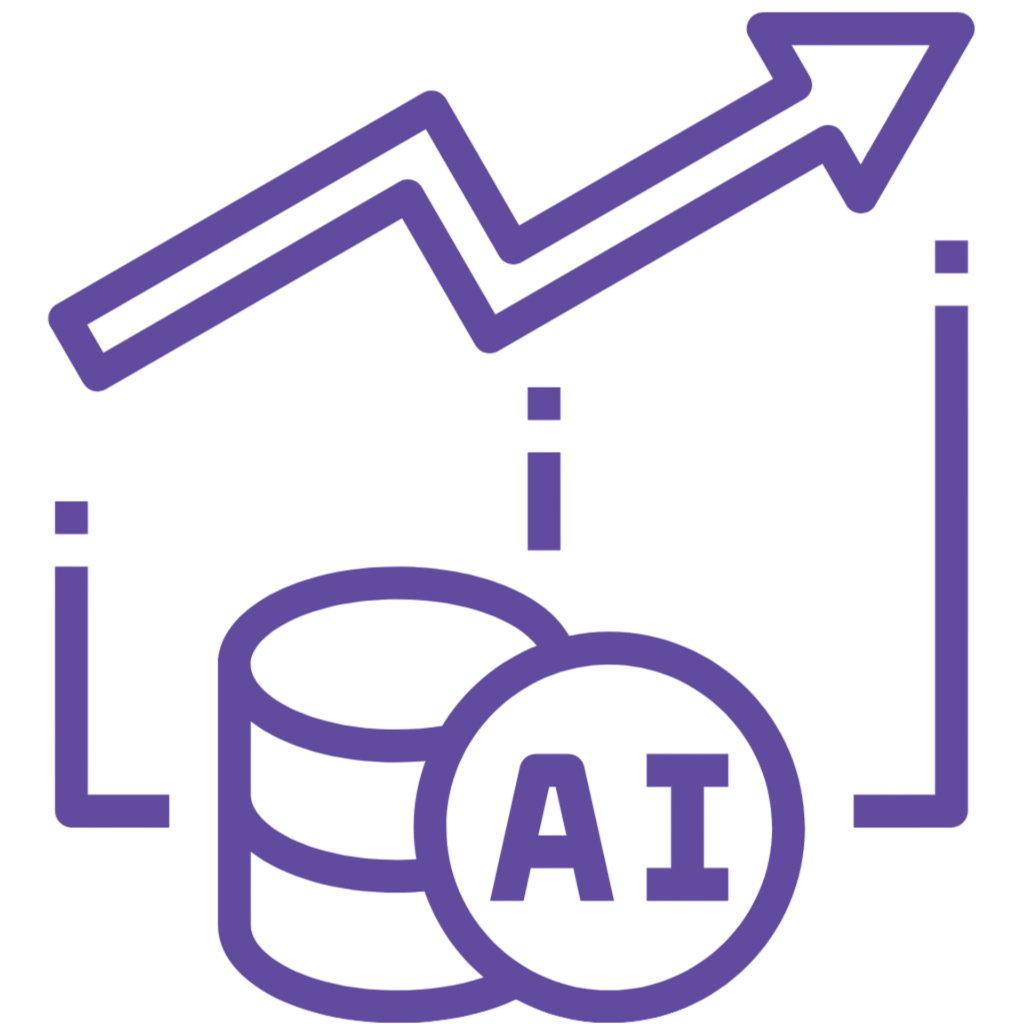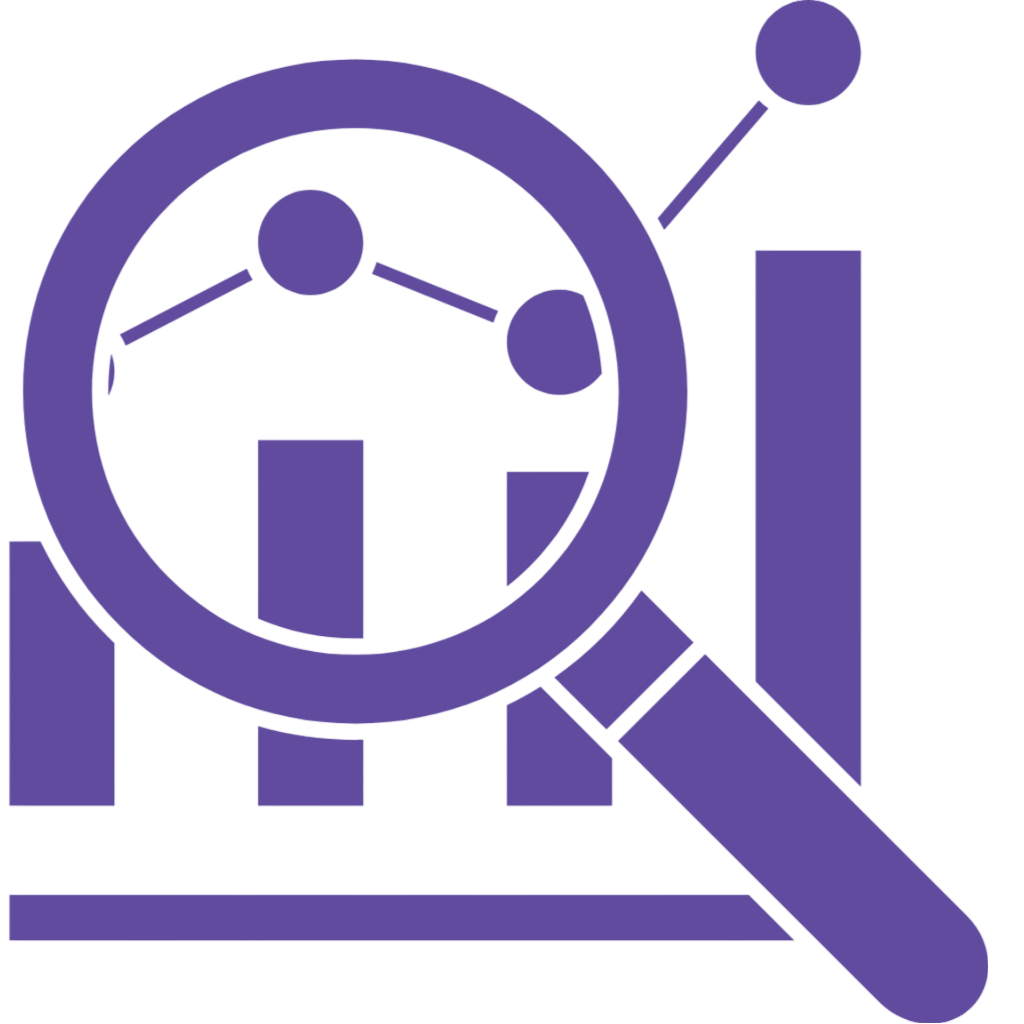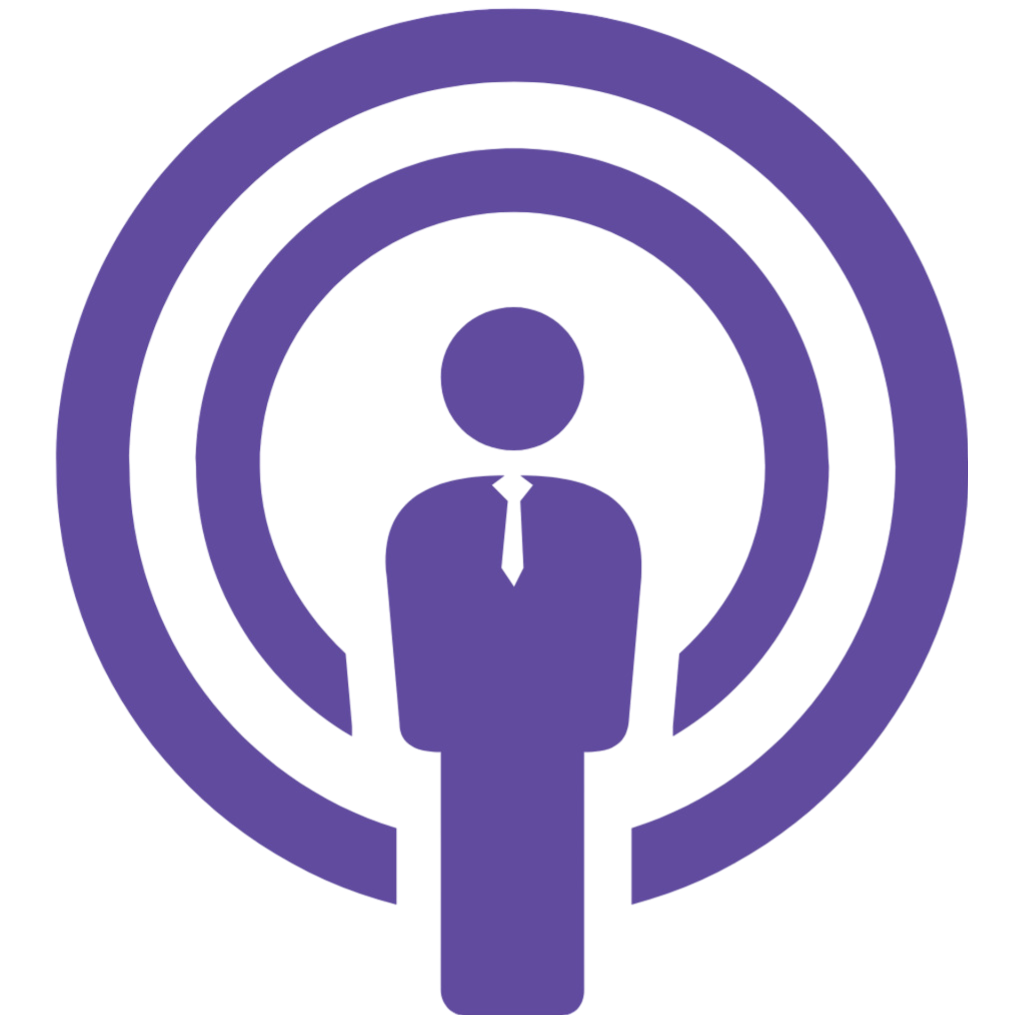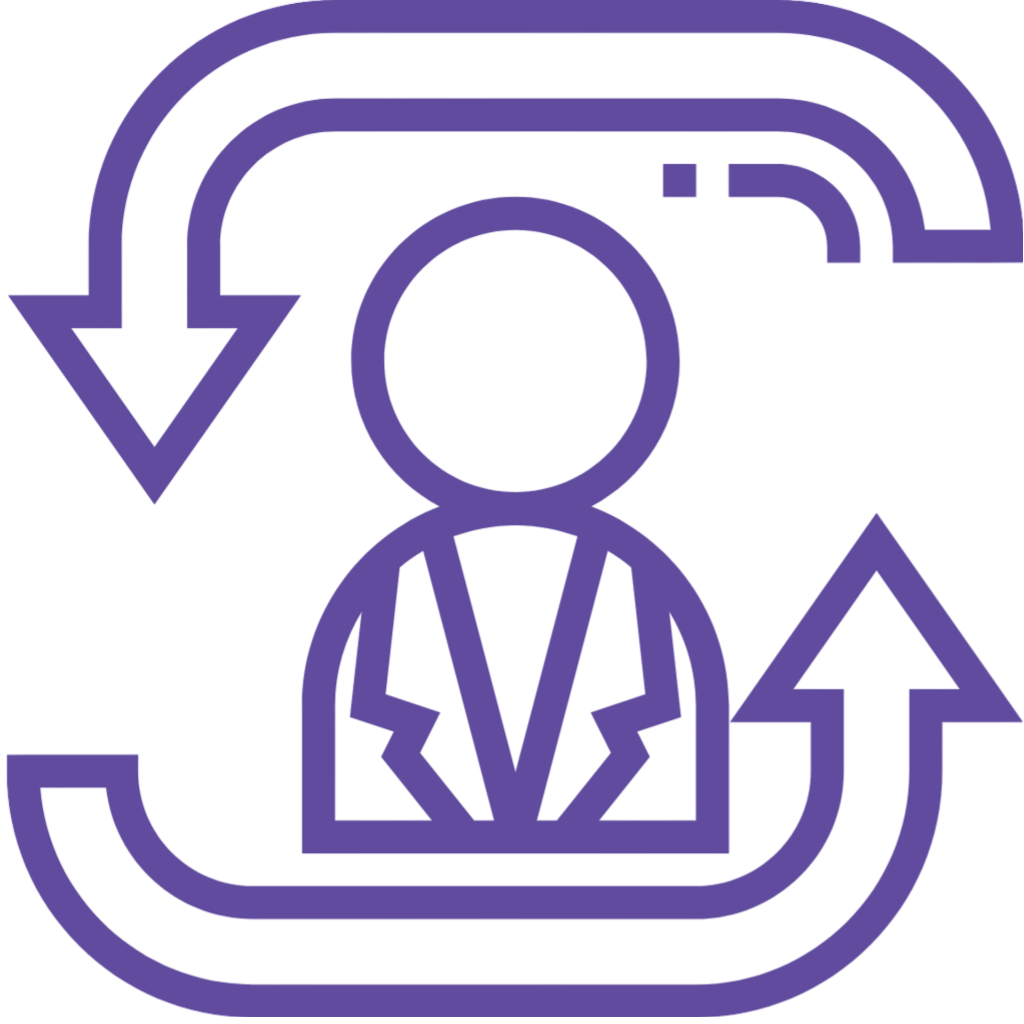The global shift towards remote work has transformed the landscape of software development, with teams spread across different locations collaborating virtually. While remote work offers flexibility and accessibility, it also presents unique challenges, particularly in ensuring seamless collaboration and productivity. In this era of remote software development, leveraging real-time analytics is paramount for optimizing team performance and driving success.
The Remote Work Paradigm:
Remote software development teams operate in a distributed environment, where team members work from various locations, often across different time zones. This presents challenges in communication, coordination, and alignment, as team members may face barriers in accessing information and collaborating effectively.
Challenges of Remote Collaboration:
Remote collaboration introduces several challenges for software development teams, including:
- Communication Barriers: Without face-to-face interactions, communication among remote team members may be less spontaneous and more prone to misunderstandings.
- Coordination Complexity: Coordinating tasks and workflows across different time zones and locations can be challenging, leading to delays and inefficiencies.
- Monitoring and Accountability: Ensuring accountability and monitoring progress becomes more difficult in a remote setting, as managers may have limited visibility into team activities.
Leveraging Real-Time Analytics:
Real-time analytics offers a powerful solution for optimizing remote software development teams by providing insights into team dynamics, performance metrics, and project progress. By leveraging real-time analytics tools, organizations can:
- Enhance Communication: Real-time analytics platforms enable seamless communication among remote team members through features such as chat, video conferencing, and collaborative document editing. These tools facilitate instant communication, fostering a sense of connection and reducing communication barriers.
- Improve Coordination: Real-time analytics platforms provide visibility into project workflows, task assignments, and dependencies, allowing teams to coordinate activities more effectively. By tracking progress in real-time, teams can identify bottlenecks and adjust priorities to ensure smooth project execution.
- Monitor Performance: Real-time analytics dashboards offer insights into individual and team performance metrics, such as task completion rates, code contributions, and sprint velocity. Managers can monitor performance indicators in real-time, enabling timely interventions to address issues and optimize productivity.
Benefits of Real-Time Analytics:
- Improved Collaboration:Real-time analytics tools facilitate seamless collaboration among remote team members, enabling them to work together more effectively towards common goals.
- Enhanced Productivity:By providing visibility into project progress and performance metrics, real-time analytics tools help teams identify areas for improvement and optimize their workflows for greater productivity.
- Increased Accountability:Real-time analytics dashboards hold team members accountable for their contributions by providing transparency into individual and team performance metrics. This encourages a culture of accountability and ownership within the team.
Conclusion:
In the era of remote software development, optimizing team collaboration is essential for driving success. By leveraging real-time analytics, organizations can overcome the challenges of remote work and empower their teams to achieve greater efficiency, productivity, and collaboration. With real-time insights into team dynamics and project progress, remote software development teams can navigate challenges effectively and deliver high-quality products on time and within budget. Embracing real-time analytics is not just a solution—it’s a strategic imperative for organizations looking to thrive in today’s remote work environment.

